Dowsing History
Definition of Dowsing
Engineer Raymond C. Willey's (one of the founders of ASD back in 1961) 1970 book "Modern Dowsing" gives one of the best definitions I have encountered. Willey says: "Dowsing is the exercise of a human faculty, which allows one to obtain information in a manner beyond the scope and power of the standard human physical senses of sight, sound, touch, etc."
Author Chris Bird says that "to dowse" is to search for anything. This is generally done with the aid of a hand-held instrument, such as a forked stick, a pendulum bob on a string, L-shaped metal rods or a wooden or metal wand.
Variety of Dowsing Tools

A variety of pendulums and pendulum -type implements (called "dowsers"), usually for finding hidden things. Other tools include dowsing rods, y-rods, witching sticks, large long-string pendulums or plumb bobs and a tool known as a "bobber" all of which work on the same principle as modern pendulums.
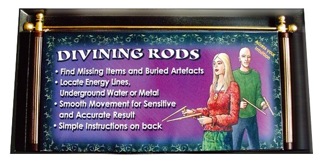
What Dowsing Is Used For
Traditionally used for locating underground water, so drinking wells could be dug and for finding minerals and metals in commercial mining. More recently, such tools and Dowsing are used to locate the underground water of geopathic zones and places of potentially negative energy that form under some homes and buildings. Once found the negative zone energies can be deflected thereby making the houses healthy again. They also have a long history as healing tools, being used to diagnose ill health within the body, by locating and assessing areas where there is or has been dis-ease. They can then be used to analyse choices for healing the imbalances which have been identified and which healing method would be the most useful, plus specific remedy choices etc.
History
There are many references to Dowsing in Art and Literature stretching back eight thousand years and worldwide, with pendulums and dowsing tools known about in central Africa, India, Sweden, Denmark, Malaysia, Polynesia, Peru etc. Records date back to biblical times of pendulums and dowsing by Hebrews, Egyptians, Scythians, Persians, Medes and Etruscans. Known to the Greeks and Romans of classical times, they were also used by the Celtic Druids and ancient Chinese.

The earliest known reference to Dowsing and Pendulums is dated at 6000 B.C.E. In 1949, a party of French explorers (while searching for evidence of lost civilizations in the Atlas Mts. of North Africa) stumbled upon a massive system of caverns known as the Tassili Caves in southern Algeria, wherein many of the walls were covered with marvellous pre-historic paintings. Among the many fascinating wall murals, they also found a remarkable huge wall painting of a dowser holding a forked branch in his hand searching for water, surrounded by a group of admiring tribesmen. These wall murals were carbon dated and found to be a least 8000 years old.
In Egypt and the Middle East etchings have been discovered on 4000-year-old temple walls of pharaohs holding devices in their hands resembling dowsing tools and the Cairo Museum has ceramic pendulums which have been removed from thousand-year-old tombs. Queen Cleopatra, who was eighteen years old when she came to power in Egypt around 47 B.C.E. was said to have Dowsers with her at all times.
Egyptian hieroglyphic writings of the biblical era describe a magician's wand or rod that was also a dowsing rod, called Ur-Heka, which meant "great magical power (that) makes water to come forth"
Many passages in the Bible allude to the art of dowsing, relating in considerable detail how both Moses and his son, Aaron, used a dowsing device referred to as “the Rod” to locate and bring forth water. In the Old Testament, the Prophet Ezekiel reports that King Nebuchadnezzar of Babylon, uncertain as to which city he should attack. Jerusalem the capital of Judah or-or Rebath of the Ammonites (today’s modern-day Amman, Jordan) directed his dowsers or diviners to select the best target and they chose Jerusalem, leading to its seizure and the long “Babylonian captivity of the Jews”.
The Jews learned the ancient art from their captors and in the Old Testament Prophet Hosea wrote: “They now consult their pieces of wood then the wand makes pronouncements from them!”
The Queen of Sheba is also mentioned in the Old Testament as a user of Dowsing for prophecy.

In China, there is an etching of Chinese Emperor Yu who ruled China 2500 years ago, and in his hands, he holds a rather bulky turn-pronged device that resembles a dowsing device.
The historical records of Greece refer to dowsing and the art was widely practised on the Island of Crete, as early as 400 BC. Researchers have uncovered evidence that the
In this regard, E.S. Cumbie in his fine book entitled, “The Psychometric Pendulum and the Pendulum Board” has this to say about dowsing and the ancient priesthood. “In ancient times, the priesthood felt that the layman did not have the belief, knowledge or training to contact the cosmic mind for enlightenment. So the poor people were forced to rely upon the priests to gain the guidance they sought from a higher source and the priests used dowsing devices to make this contact.”
The blind Greek poet Homer refers to dowsing as Rhabdomancy, which means Divining Rod in Greek. That same word is still used today in the Italian language to denote dowsing. In his monumental work “The Oddesy” Homer also called the dowsing rod the Caduceus, which was passed from Apollo (or Hermes) to Asclepius, the ancient Greek God of healing. This mystical, legendary staff with its entwined serpents has become the universal symbol of healing, used by medical societies around the planet.
Back in the 1400s, dowsing as we think of it today was called “Virgula Devine” in Latin which meant dowsing with the rod shape. In Germany, during this period of time, dowsing devices were used extensively by miners seeking mineral ore, who referred to the forked stick as “Deuter” - an umbrella word in German - meaning “to show”, “to indicate”, “to point out”, “to auger”, “to strike”.

According to Christopher Bird, author of the classic book, “The Divining Hand”, no one is absolutely certain of the origin of the verb to dowse”. But it seemingly made its first official appearance in 1650 in an essay written by the famous English Philosopher John Locke whose noble writings inspired the framers of the Declaration of Independence and The Constitution of the United States. In his essay, Locke wrote that by the use of the dowsing rod, one could devise or discover water and precious minerals (such as gold & silver and mineral ore) Locke has appropriated his phrase from the long-dead English west country language of Cornwall - wherein Cornish Dewsys meant “Goddess”, and “Rhod” meant tree branch, and from which he “coined” the phrase - Dowsing Rod.
Queen Elizabeth I of England (1558 to 1603) brought German Dowsers to Cornwall to aid local miners in finding tin deposits. Dowsing as a mining practice was very much in use throughout Europe by the 1600s. In the 1700s and 1800s in England, Germany and France various books on mining and engineering referred extensively to dowsing, including the “1747 Mining Dictionary” and again in Bordlase’s 1758 “Natural History of Cornwall”, and also “The 1831 Quarterly Mining Review”.
Because the ancient art was widely used by miners in Germany for hundreds of years to locate water and ore deposits, today in that country libraries and museums of natural history, science, mining and engineering, private collections of art and sculptures have displays of woodcarvings, paintings and drawings, porcelain creations, coins, etc … featuring dowsers holding forked sticks.
In the 1800s, Dowsing with pendulums and rods were in decline, due to the fact that no one could explain how or why they worked. The great physicist Albert Einstein (1879-1955) was interested in Dowsing and was a Dowser himself, predicting that science would one day have explanations for the phenomenon. Other scientists who were Dowsers were, Sir Isaac Newton, Leonardo da Vinci and Thomas Edison.

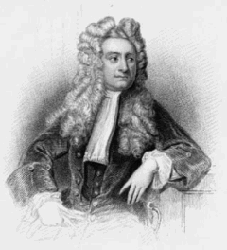

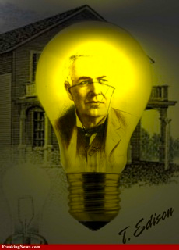
Interestingly, London, England’s 1912 edition of “Mining Magazine” published the first translation of a Latin Opus into English. It was called “On Metals” in praise of dowsing which had been first published 356 years earlier. The translators were a professional American mining engineer and his wife. The engineer later gained fame and won notoriety as the 31st President of the U.S, Herbert Clark Hoover.
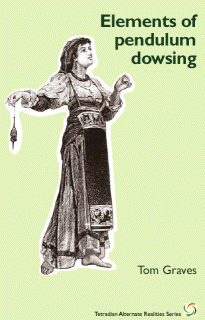
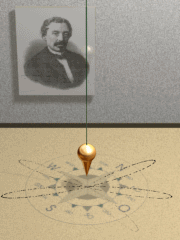
More recently, pendulums and Dowsing have been used by armies worldwide. During World War II, General George Patton employed Dowsers, as did Secretary of State, Robert McNamara in the Vietnam War where they were used to locate land mines, ammunition dumps and underground tunnels. The Soviets tried to harness them for Cold War espionage, reviving world interest in the scientific investigation of psychic abilities and made these abilities "respectable" once more.
Pendulum techniques were revived in the 1920s in England when Medical Radiesthesia was developed as a healing field. An outgrowth of pendulum use and Dowsing, Radionics machines (basically complicated versions of dowsing rods or pendulums) were developed with many medical doctors of the time adopting them.
Collectively, in some of the world’s largest and finest libraries, you can find thousands of specialized books on ancient art and the list grows steadily all the time.


 .
.
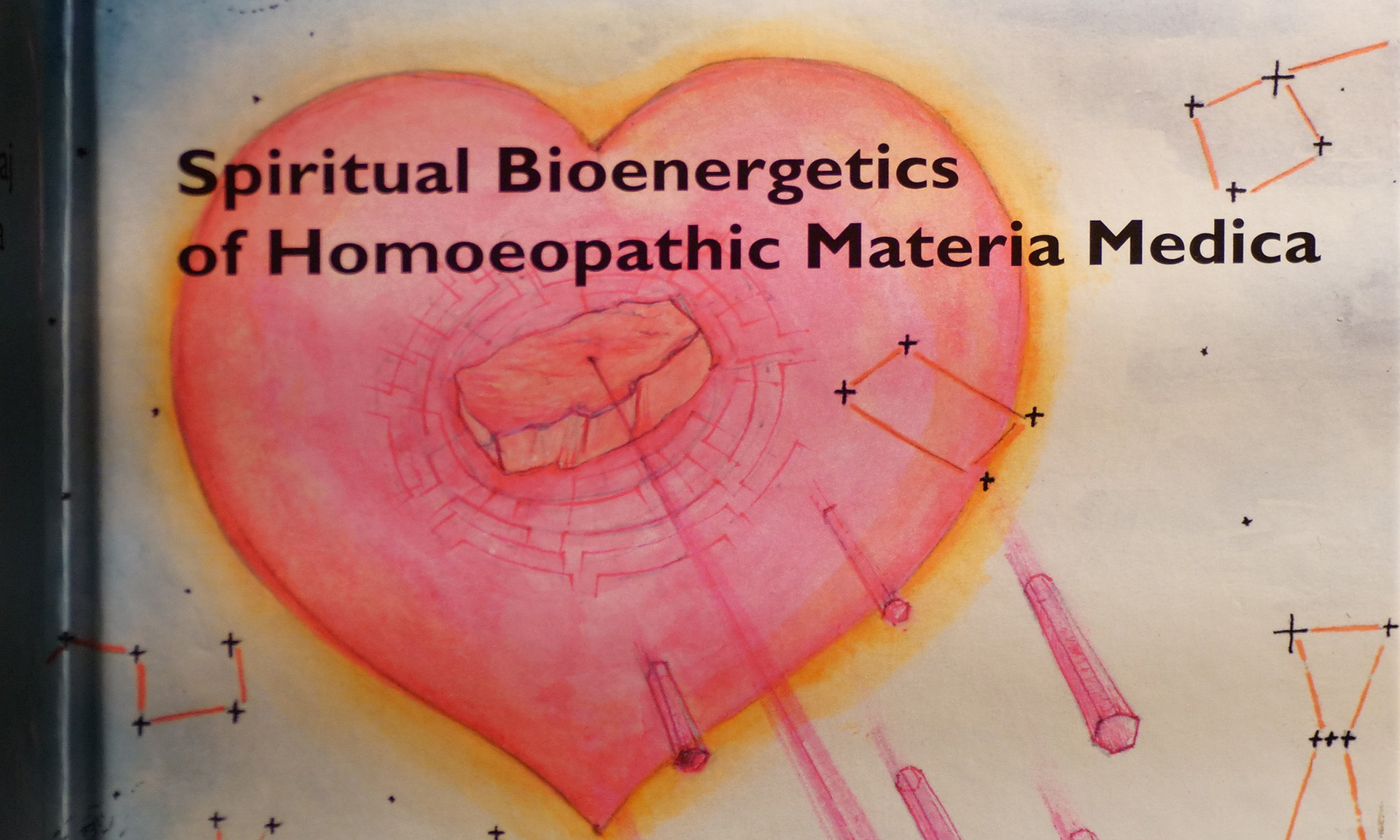


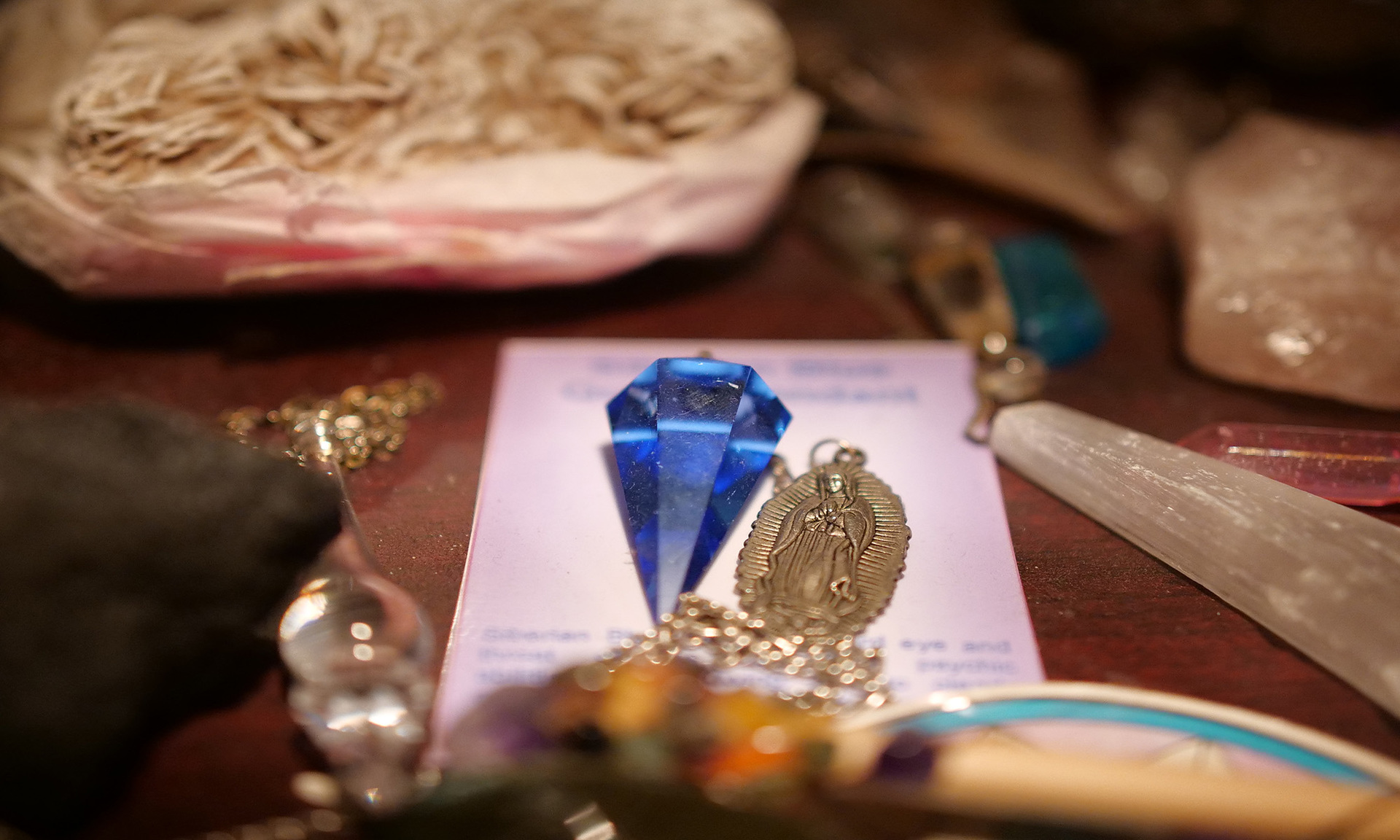
Why Vibrational Health
*Vivian uses her intuitive skills as a medical dowser tapping into a natural force to help her identify areas of health consideration. Please note that Vivian will not ask you to give up any medically prescribed medication or interfere with any medically prescribed treatment plan, rather add to this so that you can you may be proactive in your recovery and if required reassess your condition with your medical doctor. This treatment plan suits many patients looking for a more gentle and natural approach to their health care improvement.
Contact
Vibrational Health
ABN :56 970 090 739
Vivian Mizzi - Homoeopath L.C.H.
Medical Intuitive Dowsing
0423 845 944 Direct or Text
1300 55 69 79 General Office
PO Box 133 Mooloolaba
Our Services
Homoeopath
Medical & Intuitive Dowser
Distance Healing
House Dowsing and Energy Clearing
Social Media

vibrationalhealth


